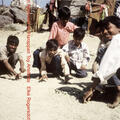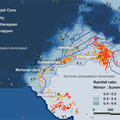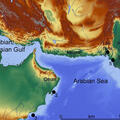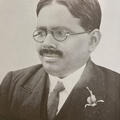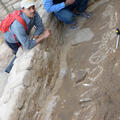The Forgotten an Approach on Harappan Toy Artefacts
A wide-ranging analysis of toys and their possible role in ancient Indus civilization through a close look at finds from Bagasra, Gujarat. Using social theory, microarchaeology, recent research in other civilizations, and a sophisticated approach to the question of "toys" in archaeology, the author offers one of the few deep dives into a kind of object that is found in great quantities across many ancient Indus sites.




